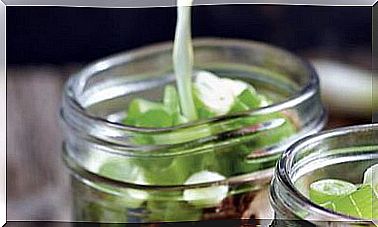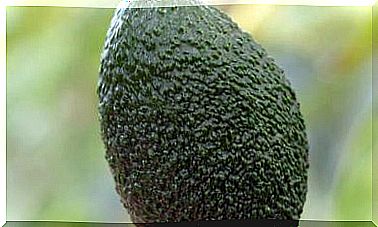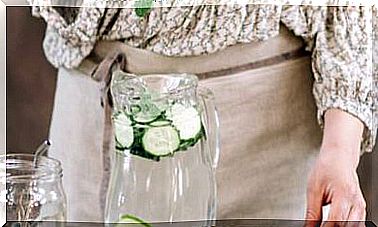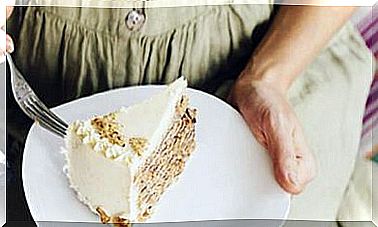More Wood To Feel Better At Home
Surrounding yourself with wood generates well-being and improves health. The magic of contact with this warm and healthy material allows us to live in harmony

Wood is alive and reconnects us directly with our origins. There are many scientific investigations that have established a direct link between this natural element and good health.
Visualizing wooden surfaces in a room relaxes the sympathetic nervous system, responsible for stress, according to a study from the University of British Columbia (Canada). In fact, it has effects similar to those of walking through a forest or looking at a garden from the window: it lowers blood pressure, heart rate and irritability.
Stress, digestion, body repair … all these health parameters dependent on the sympathetic nervous system benefit. In places where wood predominates, there is a lower incidence of disease, less pain perception and a faster recovery of health.
Stress, digestion, body repair … benefits all health parameters related to the nervous system
In addition, it improves air quality and helps keep the proliferation of fungi, bacteria and viruses at bay, which is very useful in the control of allergies and respiratory problems. Other studies have shown the positive psychic effects of wood on the human mind, because they create a feeling of comfort and convenience. In Finland, experiences have been carried out in nurseries and health centers that confirm this: more attention is achieved, greater creativity and concentration, and better interpersonal relationships.
It also stimulates aesthetic pleasure with its unique veining; its natural color palette is relaxing; its temperature is warm and stable; and it is an excellent noise insulator.
Wood in the home
Pavements. It allows you to go barefoot all year round, because it is cool in summer and warm in winter, and it helps to maintain a stable temperature in the house all day. It is a hard material, much like ceramic, but at the same time it has a great shock absorption capacity.
You have to choose certified options and discard those laminated, glued or varnished with synthetic substances that release substances harmful to health such as potentially toxic volatile organic compounds (VOCs). It is also preferable to opt for finishes with natural oils, waxes or varnishes.
To care for and preserve wood paneling, it is best to keep the temperature between 15 and 26 degrees, and the humidity between 35 and 55 percent. If the humidity or temperature rises excessively, the planks can swell, crack or crack.
You have to choose certified options and discard those laminated, glued or varnished with synthetic substances
Your enemies are water leaks and plants placed on top, even with drainage dishes. When cleaning, it is best to use mild soap or dishwasher and hot water, with a slightly damp mop or cloth.
Furniture. Wooden furniture creates homes where you can recover from daily stress. A study by the Joanneum Research institute (Austria) revealed that wood is a shield against electromagnetic pollution (from mobile phones or Wi-Fi). In addition, it nuances the light and makes it warmer. The only precaution is to choose furniture with natural finishes, without conventional varnishes, glues, lacquers or varnishes, which are irritating and give off VOCs. Nor is it advisable to use insecticides to eliminate woodworm or other xylophagous parasites; borax salts are safe and more appropriate.
In the kitchen. Spoons, trays, bowls, plates or even chopsticks can be used as daily utensils instead of non-environmentally friendly plastic or other petroleum-based materials. Cognitive neuroscience has proven that drinking from a cold colored glass quenches thirst more or that a plate with red decoration induces you to eat less, could wood, with its warm color and texture, induce a calmer and more digestive diet?
Researchers like Matthew Silverstone suggest that the vibrational frequencies of trees, and therefore wood, positively affect human biological behaviors, so it would not be unreasonable to assume that wood could transmit all its health benefits to us in this way.
Wooden cutting boards are more antibacterial and more effectively prevent salmonellosis
Science has shown, in any case, that wood is more hygienic in the kitchen than plastic or metal: according to a study from the University of California, wooden cutting boards are more antibacterial and prevent salmonellosis more effectively; bacteria grow less rapidly, live for a shorter time and do not remain on the surface.
Utensil care. As it is a very porous material, wooden utensils must be cleaned immediately after use and do not allow food to get stuck or dry out. It is best to use low-porous hardwoods, such as maple, olive, or bamboo, an excellent option even if it is not wood. These utensils are washed with warm soapy water and dry immediately.
Wooden spoons, forks and shovels, so useful for cooking, do not alter the taste of food because they do not react to acids, they avoid burns because they do not conduct heat, they do not scratch pans and they have germicidal properties.









